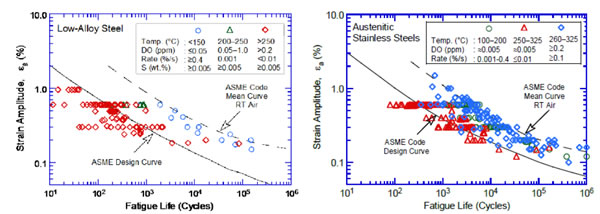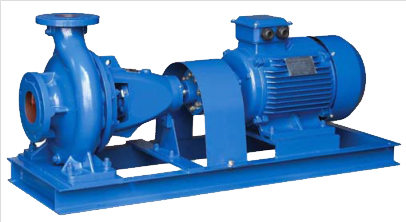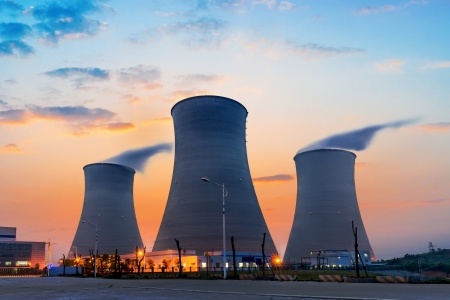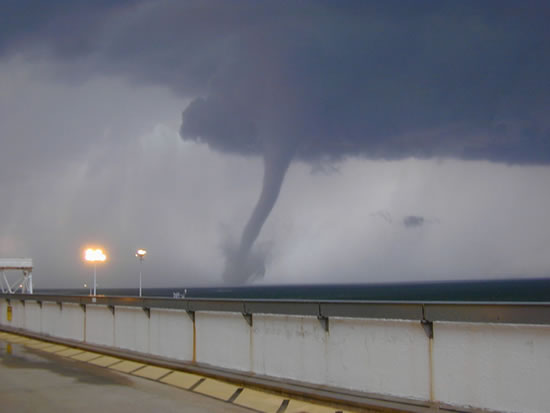Environmentally-Assisted Fatigue (EAF) in Nuclear Power Plants
Before we tackle environmentally-assisted fatigue (EAF), what is fatigue? In ASME Boiler & Pressure Vessel Section III Division 1, Subsection NB (in short, ASME III NB) fatigue refers to the damage caused by systems and components as a result of cyclic loads. The qualification of the primary coolant system of light water reactors (ASME III […]







